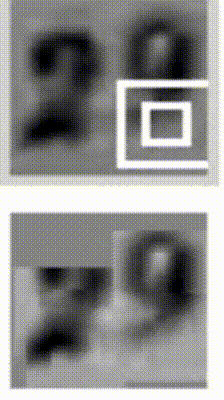Sequence to Sequence
Zoom
RNN: Recap

The state update rule: naive
\[ \mathbf{h}_{t+1} = \phi(W_h \mathbf{h}_t + W_x \mathbf{x}_t + \mathbf{b_h}) \]
The state update rule: GRU
\[\begin{align} \mathbf{h}_{t+1} &= \mathbf{z}_t \odot \mathbf{h}_t + (1 - \mathbf{z}_t) \odot \tilde{\mathbf{h}}_t \\ \tilde{\mathbf{h}}_t &= \phi\left(W\mathbf{x}_t + U(\mathbf{r}_t \odot \mathbf{h}_t)\right)\\ \mathbf{r}_t &= \sigma(W_r\mathbf{x}_t + U_r\mathbf{h}_t)\\ \mathbf{z}_t &= \sigma(W_z\mathbf{x}_t + U_z\mathbf{h}_t)\\ \end{align}\]
implementing branching logic
…in code:
if r:
return 5
else:
return 3…in algebra:
return r*5 + (1-r)*3The state update rule: GRU
\[\begin{align} \mathbf{h}_{t+1} &= \mathbf{z}_t \odot \mathbf{h}_t + (1 - \mathbf{z}_t) \odot \tilde{\mathbf{h}}_t \\ \tilde{\mathbf{h}}_t &= \phi\left(W\mathbf{x}_t + U(\mathbf{r}_t \odot \mathbf{h}_t)\right)\\ \mathbf{r}_t &= \sigma(W_r\mathbf{x}_t + U_r\mathbf{h}_t)\\ \mathbf{z}_t &= \sigma(W_z\mathbf{x}_t + U_z\mathbf{h}_t)\\ \end{align}\]
Side note: dealing with depth

Side note: dealing with depth

Very deep networks are hard to train
- exploding/vanishing gradients
- their performance degrades with depth
- VGG19: 19-layer ConvNet
Deep Residual Networks (ResNets)

Deep Residual Networks (ResNets)

ResNets
- allow for much deeper networks (101, 152 layer)
- performance increases with depth
- new record in benchmarks (ImageNet, COCO)
- used almost everywhere now
Resnets behave like ensembles

from (Veit et al, 2016)
DenseNets

Back to RNNs
- like ResNets, LSTMs create “shortcuts”
- allows information to skip processing
- data-dependent gating
- data-dependent shortcuts
Visualising RNN behaviours
See this distill post
RNN: different uses

figure from Andrej Karpathy’s blog post
RNNs for images

RNNs for images

RNNs for painting

RNNs for painting

Spatial LSTMs

Spatial LSTMs generating textures

Seq2Seq: sequence-to-sequence

Seq2Seq: neural machine translation

Show and Tell: “Image2Seq”

Show and Tell: “Image2Seq”

Sentence to Parsing tree “Seq2Tree”

General algorithms as Seq2Seq
travelling salesman

General algorithms as Seq2Seq
convex hull and triangulation

Pointer networks

Revisiting the basic idea

“Asking the network too much”
Attention layer

Attention layer
Attention weights:
\[ \alpha_{t,s} = \frac{e^{\mathbf{e}^T_t \mathbf{d}_s}}{\sum_u e^{\mathbf{e}^T_t \mathbf{d}_s}} \]
Context vector:
\[ \mathbf{c}_s = \sum_{t=1}^T \alpha_{t,s} \mathbf{e}_t \]
Attention layer visualised

To engage with this material at home
Try the char-RNN Exercise from Udacity.
- neural machine translation (historical note)
- image captioning: encoder is a CNN, decoder is RNN
- forgetting problem revisited
- asking the network too much
- allowing the decoder to look back at encoder states
- pointer networks